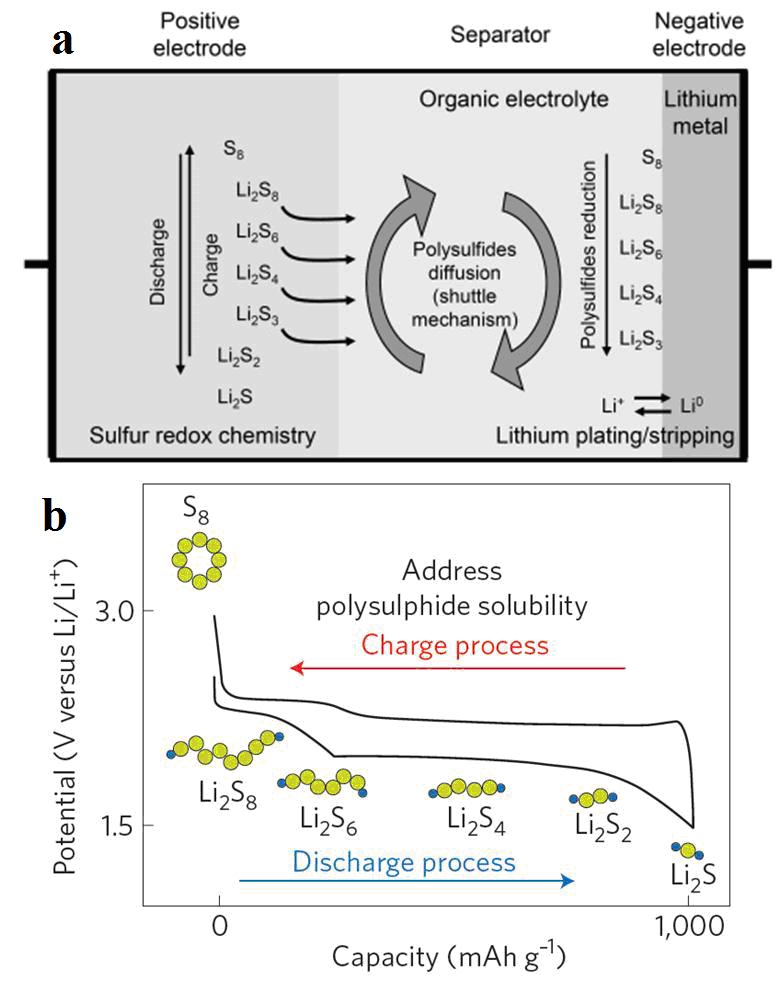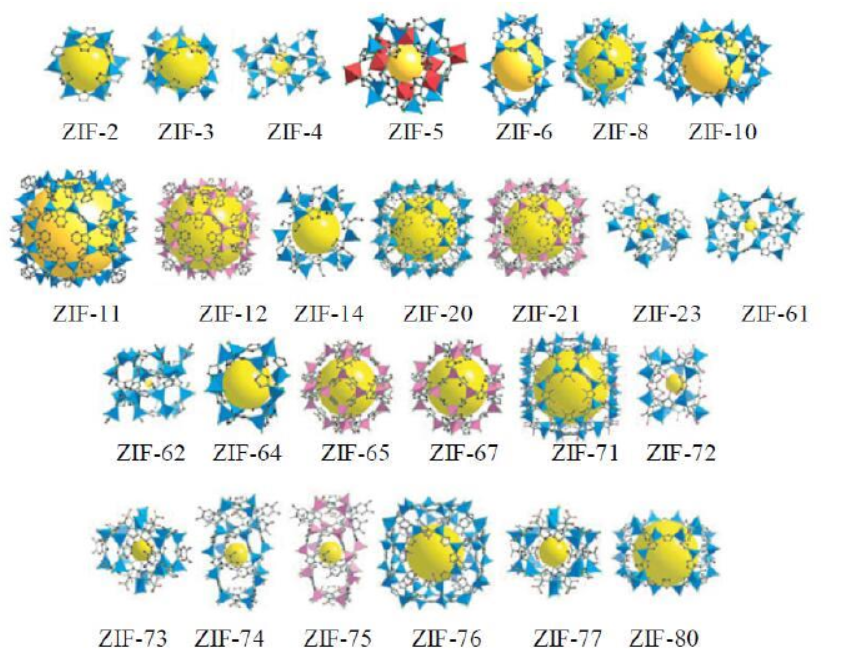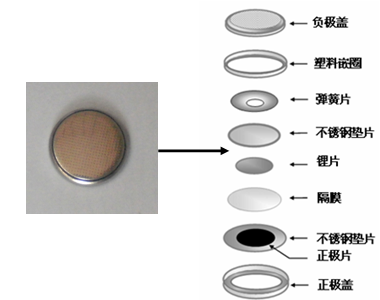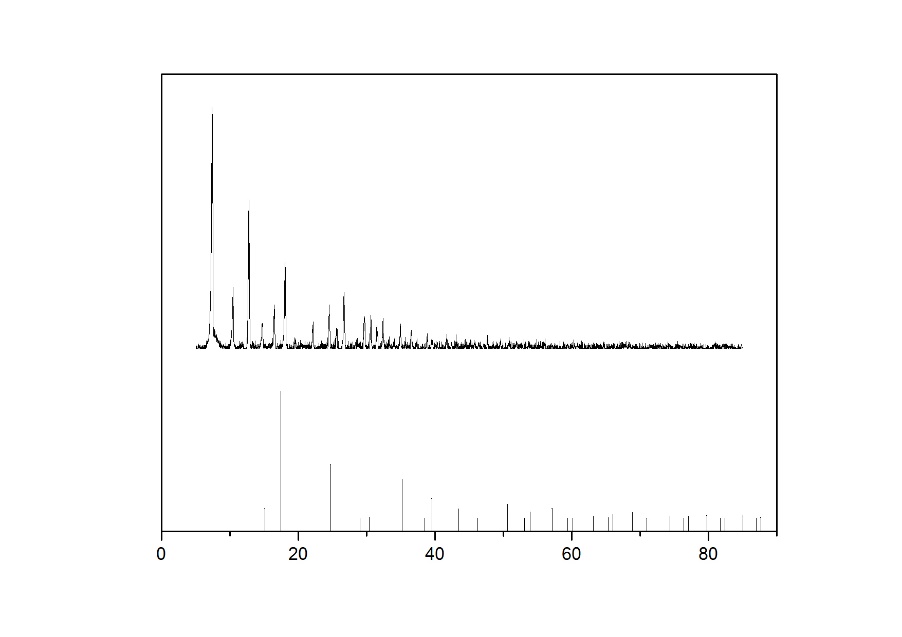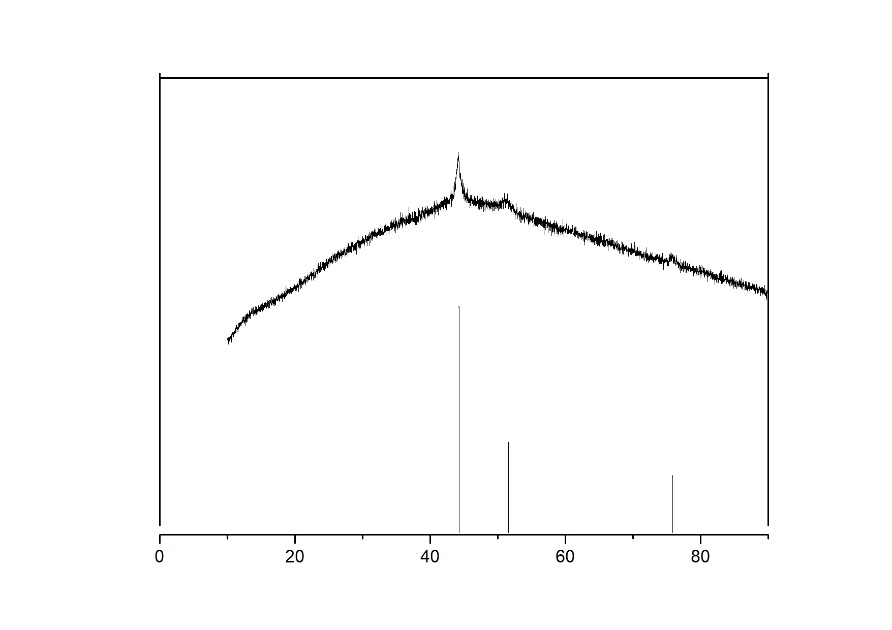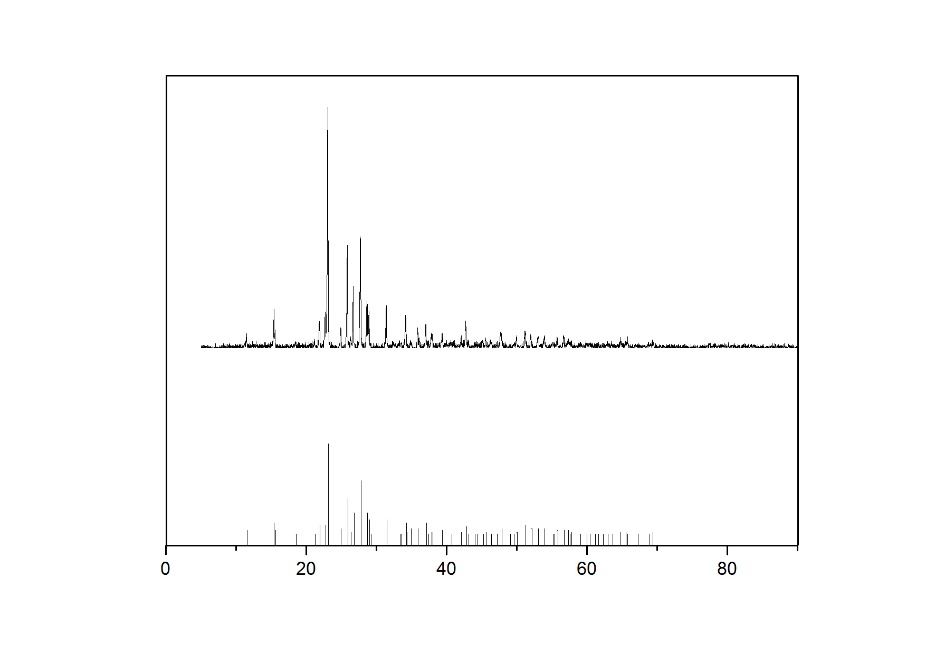ZIF-67衍生钴基材料的制备及其电化学性能研究毕业论文
2020-07-07 22:10:01
摘 要
锂硫电池理论的比容量(1675 mAh·g-1)和能量密度(2600 Wh·kg-1)比一些其他电池要高。但在实际应用中却并达不到理论值。硫可以和一些其他的材料进行复合来制作正极从而克服锂硫电池的缺陷并且改善电化学性能。在综述部分先介绍了锂离子电池的工作原理以及性能特点,之后又简单概述了锂硫电池的工作原理和硫正极的改性研究。随后研究了ZIF-67及其衍生钴基材料和硫复合制作成正极材料对电池电化学性能的影响。ZIF-67是一种金属有机框架材料。它具有大的比表面积和高的孔隙率,并且合成简单, 结构灵活可控,用它来包覆单质S,可以改善电化学性能。我们通过对金属有机框架多面体ZIF-67进行碳化以及对碳化后的包含Co的N掺杂碳多面体进行渗硫热处理,合成了包含CoS2颗粒的N掺杂碳多面体(S/CoS2 -NC)。性能增强的原因可归结为以下:一是ZIF-67碳化后N掺杂的碳多面体(Co-NC)不仅能导电,还能在物理上起到禁锢多硫化物、减缓其溶解的作用,有利于活性物质的充分利用;此外,对N掺杂的碳多面体进行渗硫,在碳多面体中嵌入的CoS2与多硫化物有很强的相互作用,有利于电池的循环稳定性。
关键词:锂硫电池 ZIF-67 金属有机框架材料 正极
ABSTRACT
When sulfur is the positive pole of the battery, the theoretical specific capacity (1675 mAh·g -1) and the energy density (2600 Wh·kg-1) are much higher than some other batteries, but the theoretical value is not available in practical applications. Sulfur can be combined with some other materials to make positive electrodes, so as to overcome the defects of lithium sulfur battery and improve electrochemical performance. In the review section, the working principle and performance characteristics of lithium ion batteries are introduced. After that, the working principle of lithium sulfur batteries and the modification of the sulfur positive electrode are briefly summarized. Subsequently, the effects of ZIF-67 and its derived cobalt base materials and sulfur compounds as cathode materials on the electrochemical performance of the battery were studied. ZIF-67 is a metal organic framework material (a class of coordination polymers formed by metal ions and microporous network structures formed by multi ligand organic ligands such as oxygen and nitrogen). It has large specific surface area and high porosity, and is simple in synthesis and flexible in structure. It can improve the electrochemical performance by coating S. The N doped carbon polyhedron containing CoS2 particles (S/CoS2 -NC) was synthesized by carbonizing the polyhedron ZIF-67 of the metal organic framework and the N doped carbon polyhedron containing Co after carbonization. The reasons for the performance enhancement can be attributed to the following: one is that the carbon polyhedron (Co-NC) doped with N after ZIF-67 carbonization can not only be conductive, but also physically imprison polysulfide, slow down its dissolution, and be beneficial to the full use of active substances. In addition, the N doped carbon polyhedron is sulfur permeable and Co embedded in the carbon polyhedron. S2 has a strong interaction with polysulfide, which is favorable for cycling stability of batteries.
Key Words: Lithium sulfur battery; ZIF-67; Metal organic frame material; Positive electrode.
目录
摘 要 I
ABSTRACT II
第一章 文献综述 1
1.1 引言 1
1.2 锂离子电池 1
1.2.1 锂离子电池工作原理 2
1.2.2 锂离子电池的特点 3
1.3 锂硫电池 3
1.3.1 锂硫电池的工作原理 4
1.3.2 锂硫电池的主要缺陷 6
1.3.3 锂硫电池硫正极的改性 6
1.3.4 金属有机框架材料对硫正极的改性 7
1.4 本课题的研究内容与目的 8
第二章 实验研究方法 9
2.1 前言 9
2.2 实验仪器与试剂 9
2.2.1 实验试剂 9
2.2.1 实验仪器 10
2.3 实验产物的制备 10
2.3.1 ZIF-67的制备 10
2.3.2 Co-NC的制备 10
2.3.3 S/CoS2-NC的制备 11
2.4 产物的表征 11
2.4.1 X射线衍射分析 11
2.4.2 扫描电子显微镜分析 11
2.5 材料的电化学性能分析 12
2.5.1 电极的制备及电池的组装 12
2.5.2 充放电循环测试 12
2.5.3 循环伏安测试 13
第三章 实验结果分析与表征 14
3.1 ZIF-67,Co-NC和S/CoS2-NC XRD图谱及分析 14
3.2 ZIF-67,Co-NC和S/CoS2-NC SEM图谱及分析 16
3.3 电池电化学性能分析 17
3.3.1电池充放电曲线测试图谱 17
3.3.2电池循环性能曲线测试图谱 18
第四章 结论与展望 20
4.1 结论 20
4.2 展望 20
参考文献 21
致谢 23
第一章 文献综述
1.1 引言
近些年来,人们对能源消耗,能源利用以及新能源开发愈发的关注。传统能源的三大支柱——煤、石油、天然气已经不能满足日新月异的科技的发展,已经逐渐跟不上人们日益增加的物质文化需求。与此同时传统化石能源带来的生态污染问题也不容忽视。前有伦敦雾都,现有北京雾霾,这都是传统高碳能源的大规模利用所造成的结果。传统化石能源需要被淘汰,新能源的飞速发展满足人们的生活生产需求。水电、风电、太阳能、核能等清洁绿色高效的新能源在当下发挥着越来越多的作用。进入21世纪,手机、笔记本电脑、数码产品等便携式的消费电子占据市场,锂离子电池的应用范围也更加的宽泛。
锂离子电池在使用时把储存在其中的化学能转化为电能。它在日常生活和社会工业生产中扮演着重要的角色。作为一种二次电池,它可以进行多次的充放电循环,能重复使用,从而有效地存储和利用能源,如今被广泛应用于笔记本电脑、手机、数码相机、夜间照明灯等便携式电子设备。
1.2 锂离子电池
锂离子电池是指正极材料为锂离子嵌入化合物的一类二次电池的总称[1]。它具有较高的比容量和比能量以及工作电压、循环寿命长、无记忆效应、清洁环保、安全稳定等优势。
锂离子电池的研究最早开始于日本,在上个世纪的70年代左右开始量产。当时的锂离子电池存在一系列的安全性问题,在充放电的过程中负极材料的金属锂容易产生枝晶(一种类似树枝状的结晶),从而引起爆炸事故。为了解决这一问题,很多人都进行了努力,终于在1980年,Armand提出了一种新的构想,将原来的负极上的电极材料金属锂替换成了一种可嵌入式的碳材料,这样的话,在充放电的过程中,锂离子就可以在电池中来回的嵌入脱出,这种新颖的构想被称之为“摇椅电池”[2]。这种设计有效的避免我们之前提到的负极材料为金属锂时容易发生安全事故的问题。
相关图片展示:
